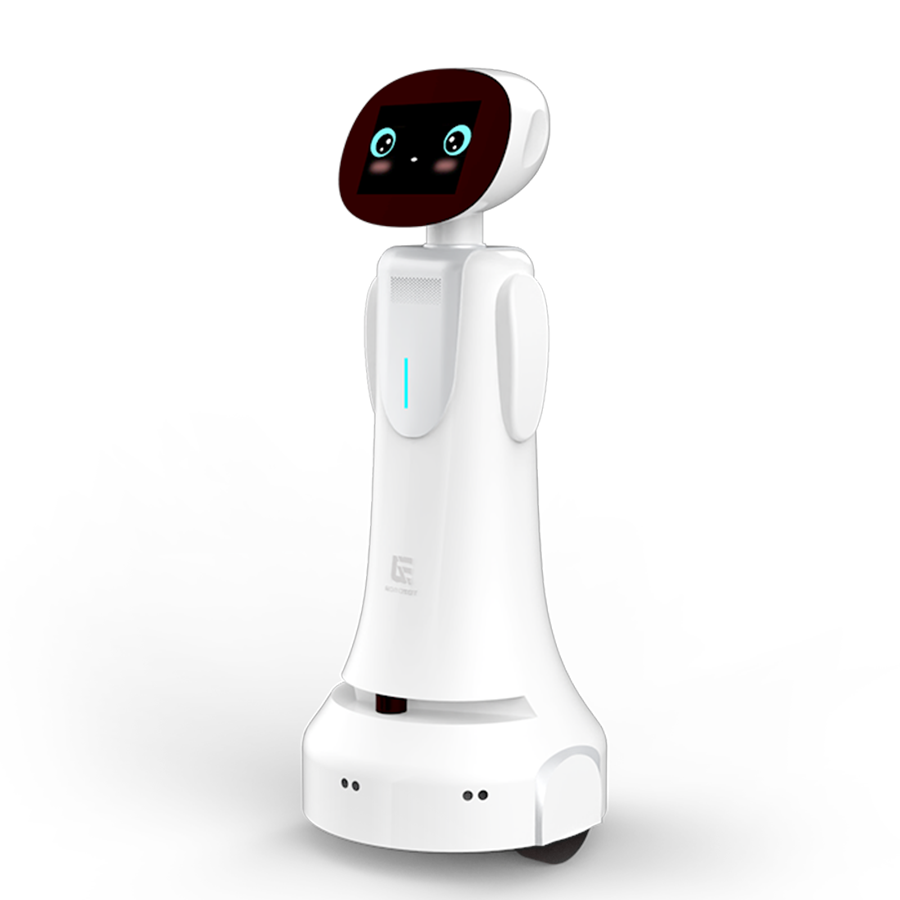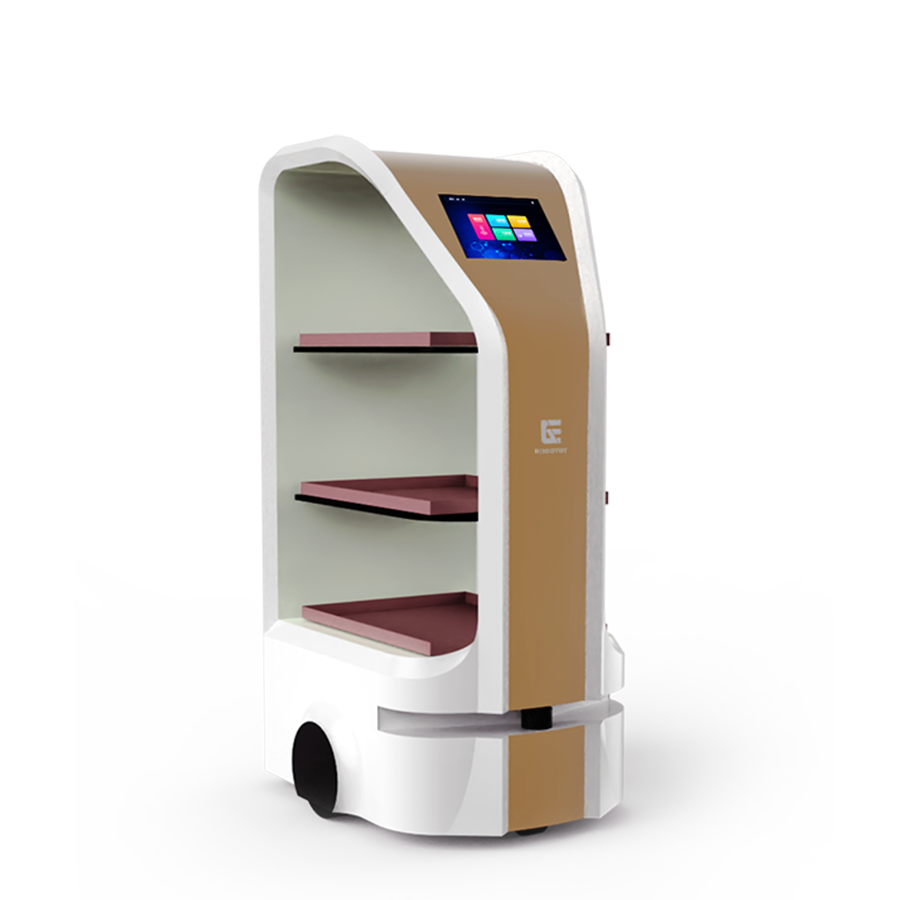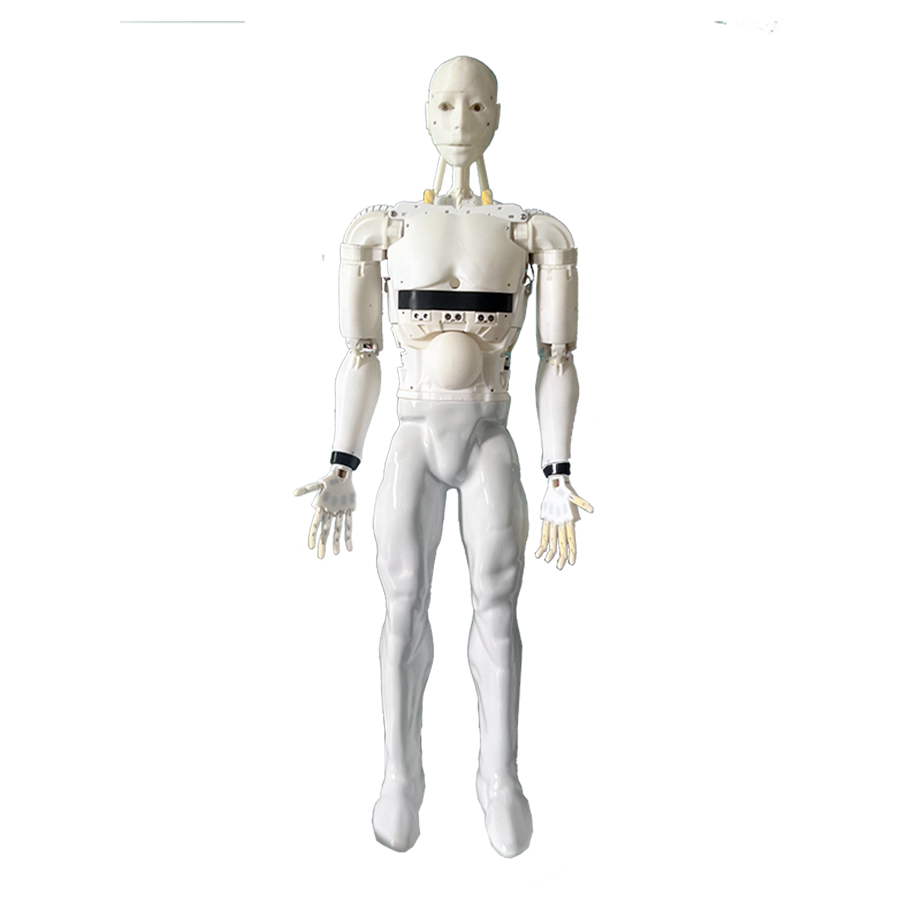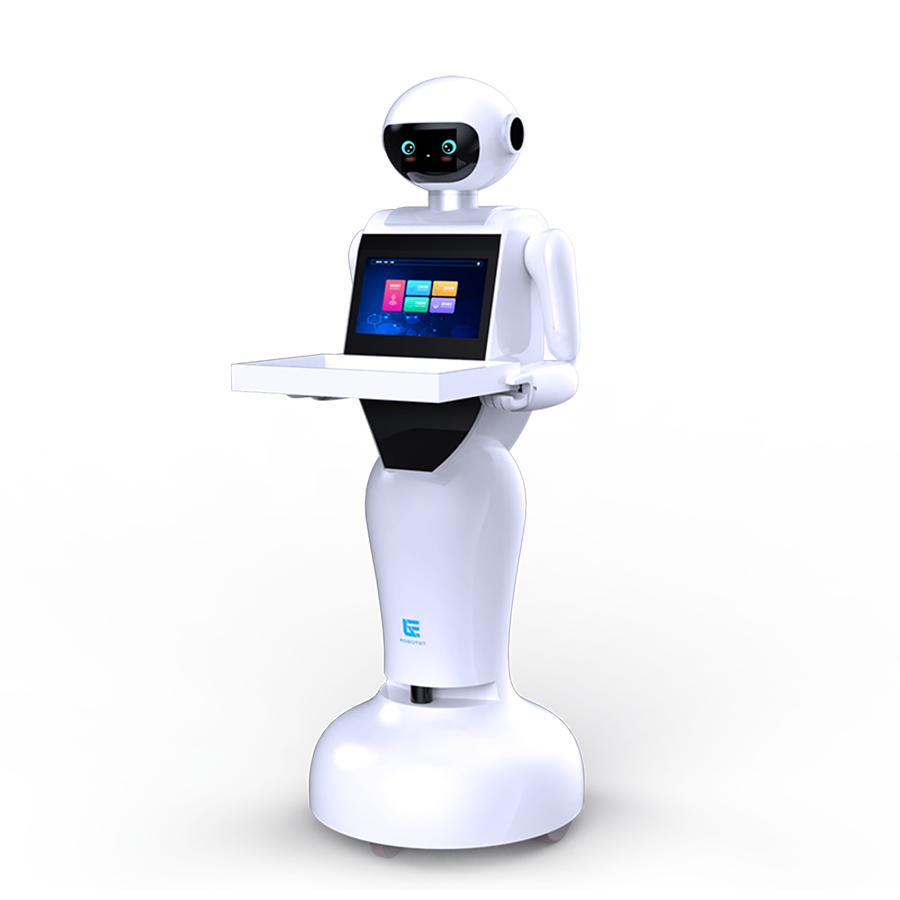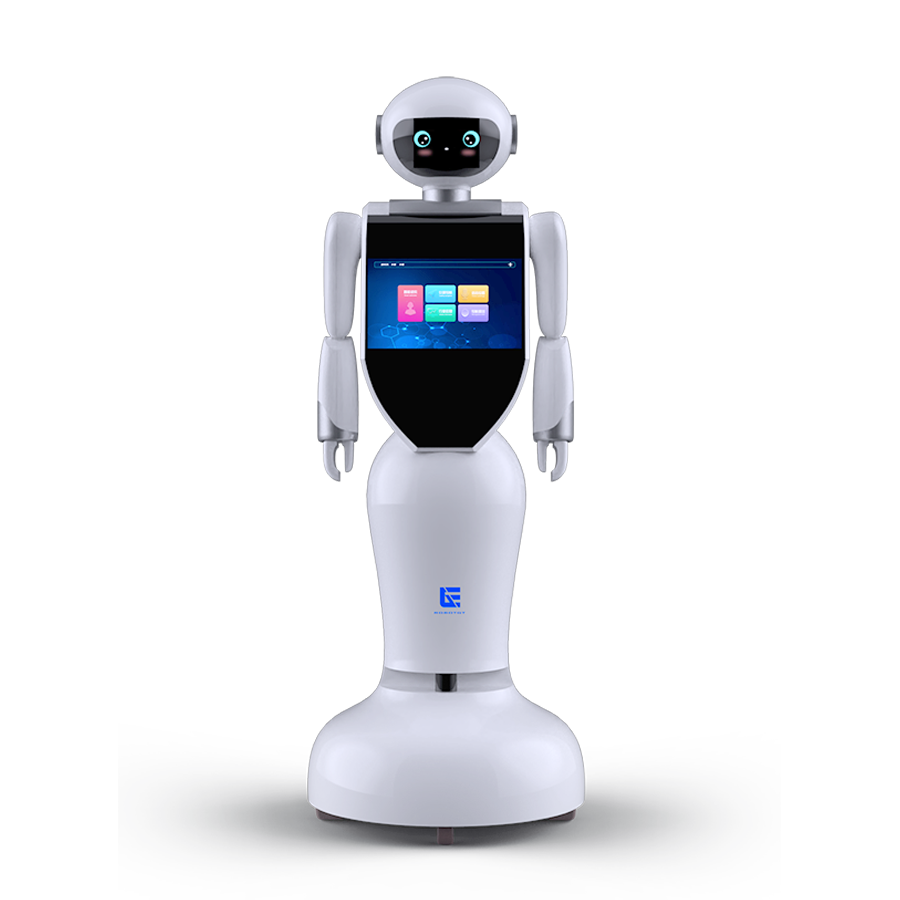

Why Chinese service-oriented robots are selling well overseas
2024-01-26
"I don't have to worry about hiring anymore. It never gets sick or complains about its workload." Korean businessman Jin Kongyang, who runs an Italian restaurant in eastern Seoul, introduced Chinese made delivery robots as her way of coping with the soaring labor costs in South Korea. In fact, service robots made in China are becoming the "new darling" of the catering industry in many countries, even occupying more than 70% of the market demand in Japan and South Korea. So, what is the secret to China's service-oriented robots becoming popular overseas? Can we maintain long-term competitiveness in the market in the future?
Over 70% market share in Japan and South Korea
The Financial Times reported that due to labor shortages and soaring labor costs, as well as the preference of diners for "contactless services" after the epidemic, the South Korean catering industry has begun to introduce service-oriented robots to replace manual food delivery. According to data from the Korea Robotics Industry Association, Korean restaurants operated approximately 5000 service-oriented robots in 2022, an increase of 67% from 2021. It is expected that this number will double this year to reach 10000 units. It is worth mentioning that last year, over 70% of service robots in use in South Korea were produced by Chinese manufacturers.
In October, while interviewing in South Korea, Global Times reporters experienced coffee made by service robots at a high-speed service area in Gyeongsangnam do. In a space of only a few square meters, a flexible robotic arm is unfolding a series of operations such as grinding, filtering, water injection, brewing, and flower pulling. In just two to three minutes, a cup of coffee with flower patterns is baked, and the production process is efficient and hygienic. Taking the American coffee that the reporter experienced on that day as an example, its taste was no less than that of coffee consumed in traditional Korean cafes.
Not only South Korea, but according to Nikkei Asia, Chinese service robot manufacturers are receiving orders from around the world. Purdue Technology, founded in 2016, achieved revenue of $100 million last year. Its customers include hot pot chain brand Hai Di Lao, as well as Burger King and KFC restaurants in Europe. Qinglang Intelligent Technology Company, headquartered in Shanghai, is currently preparing to accelerate its overseas expansion. As of the end of 2022, Qinglang has sold approximately 35000 units of its products, of which nearly 10000 were sold across borders.
Zhang Yuan, the brand manager of Purdue Technology, told Global Times that the company's products are sold to more than 60 countries and regions worldwide, covering more than 600 cities, with Japan, South Korea, the United States, and Germany as key business markets. In the Japanese food and beverage delivery robot market, Purdue has a market share of 80%.
Yan Weixin, Associate Researcher at the Robotics Research Institute of Shanghai Jiao Tong University, told Global Times reporters that service-oriented robots can improve consumer quality of life and reduce labor input. Their service types and designs vary greatly, including cooking robots for household use and delivery robots used in restaurants.
According to Global Times reporters, the mainstream products of domestic top service-oriented robot manufacturers include welcome robots, delivery robots, building delivery robots, cleaning robots, and even medical robots. Yan Weixin also stated that compared to traditional industrial robots, service-oriented robots do not have as strict requirements for rhythm (referring to efficiency) and reliability. "Industrial robots rely on high reliability to complete fixed actions, while service-oriented robots care more about specific scenario applications."
Advantages of Made in China
"Being served by robots is really fun. I was worried it might hit something, but so far it seems that this inconvenience has not happened," said 26 year old Korean customer Li Xiuyin of the Chinese delivery robot rented in the restaurant.
So, why can service robots made in China stand out and become the preferred choice for robot manufacturing countries such as Japan and South Korea? The Financial Times reported that the price of food delivery robots in China ranges from 10 million Korean won to 30 million Korean won (1000 Korean won is about 5.51 yuan), which is 1/5 cheaper than robots produced in South Korea. A person from a South Korean robotics company said, "Restaurant owners prefer Chinese robots because they are cheaper and have the same functions as robots made in South Korea." He also said, "In terms of technology, China has not fallen behind us. They commercialized service robots earlier than us and are more competitive in cost.".
According to Yan Weixin's analysis, service-oriented robots in China have a clear advantage: on the one hand, thanks to a sound industrial chain, the cost of manufacturing robots in China is low and the efficiency is high; On the other hand, service-oriented robots rely on strong human-machine interaction and navigation capabilities, which have certain requirements for key components such as LiDAR, millimeter wave radar, wheel hub motors, sensor chips, etc., and China has done a good job in these fields at a low cost. Zhang Yuan stated that developed countries and regions are currently facing a more pronounced problem of high labor costs, which also provides opportunities for commercial service robots. "Commercial service robots are a relatively new field with great development prospects. In this field, Chinese manufacturers have unique advantages: China's manufacturing industry has a strong foundation, from sourcing to procurement and production, with the most complete industrial supporting facilities, which can reduce the supply chain risks faced by enterprises and provide more competitive prices and reliable supply."
Intensified competition on the track
Chinese service-oriented robots have entered overseas markets with their high cost-effectiveness, which has also brought competitive pressure to the local market. A Korean service robot distributor has stated that the domestic robot industry in South Korea is being impacted. The Korea Federation of Industries stated that South Korean robotics companies lag behind their counterparts in Japan, the United States, Germany, and China in terms of competitiveness due to their excessive reliance on foreign components and weak software development in South Korea. An official from the association said, "It's not easy to gain price competitiveness because we have to import most of the components from China, Japan, and Europe, and China mainly uses domestically produced components."
In fact, Chinese robots face many challenges in going global. Yan Weixin told Global Times reporters that robot ethics, laws and regulations, differences in application environments, and understanding of essential needs are challenges that Chinese companies need to address. Zhang Yuan believes that cultural differences, regulatory and standard issues, after-sales service and technical support, as well as patents and intellectual property rights, are "hard barriers" that will increase the research and production costs of products.
According to reports, South Korean companies are "fighting back" by launching more advanced hotel service robots and delivery robots for apartment services. However, industry insiders believe that in order to compete with Chinese products, South Korean government subsidies are essential. The Korean Economic Daily reported that South Korean company Hanhua Group has joined the competition for the emerging robotics market by establishing Hanhua Robotics Company, which plans to develop service-oriented robots. In addition, companies such as Temi from Israel and Bear Robotics from the United States are also competing with Chinese manufacturers. "Chinese and foreign manufacturers have started in the field of service-oriented robots at a similar time. However, Chinese manufacturers have a complete industrial chain and cost advantages," said Zhang Yuan.
A latest report from TE Think Tank states that mastering core technologies is key to the healthy development of China's service-oriented robot industry. Industry judgment suggests that humanoid robots may be the mainstream direction in the future, as service-oriented robots can adapt to various real-life scenarios, enabling them to shift from specialized to general-purpose. However, high prices and immature technology have become the main obstacles hindering the mass production of humanoid robots.


